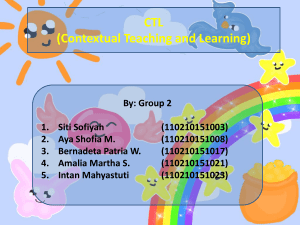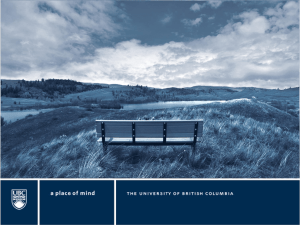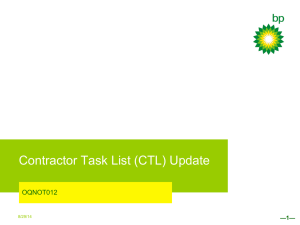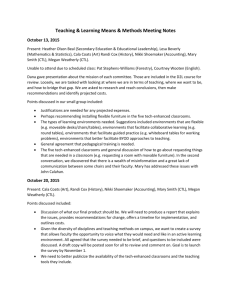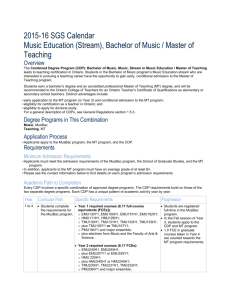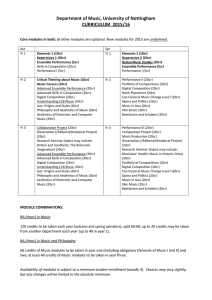AuxiliaryMaterial
advertisement
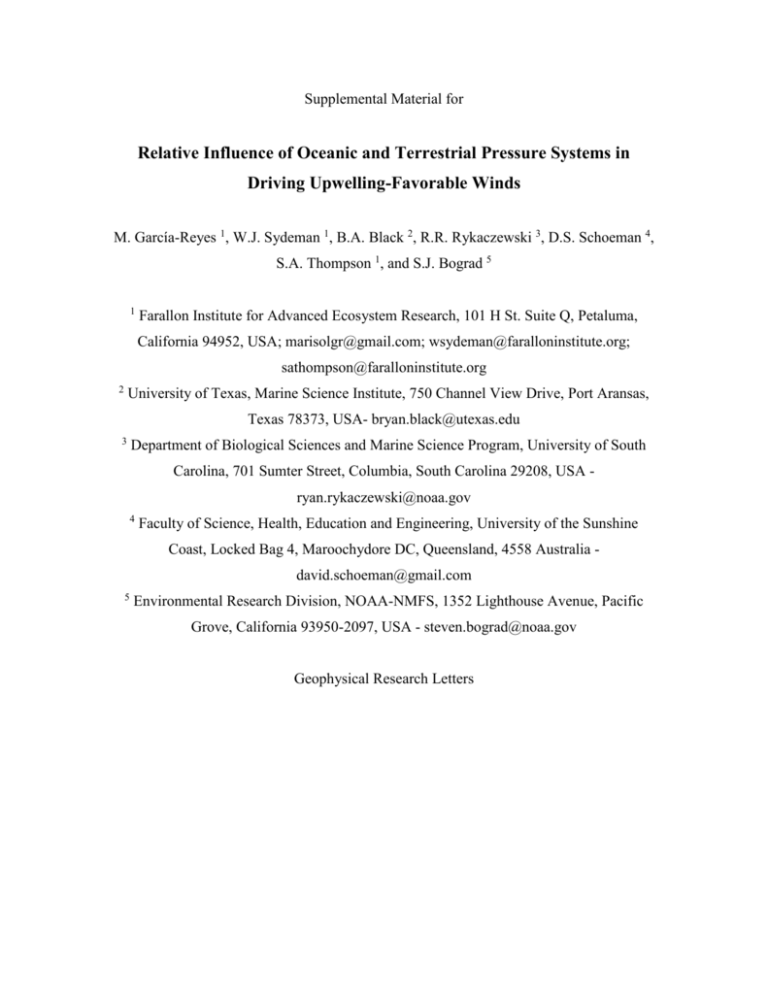
Supplemental Material for Relative Influence of Oceanic and Terrestrial Pressure Systems in Driving Upwelling-Favorable Winds M. García-Reyes 1, W.J. Sydeman 1, B.A. Black 2, R.R. Rykaczewski 3, D.S. Schoeman 4, S.A. Thompson 1, and S.J. Bograd 5 1 Farallon Institute for Advanced Ecosystem Research, 101 H St. Suite Q, Petaluma, California 94952, USA; marisolgr@gmail.com; wsydeman@faralloninstitute.org; sathompson@faralloninstitute.org 2 University of Texas, Marine Science Institute, 750 Channel View Drive, Port Aransas, Texas 78373, USA- bryan.black@utexas.edu 3 Department of Biological Sciences and Marine Science Program, University of South Carolina, 701 Sumter Street, Columbia, South Carolina 29208, USA ryan.rykaczewski@noaa.gov 4 Faculty of Science, Health, Education and Engineering, University of the Sunshine Coast, Locked Bag 4, Maroochydore DC, Queensland, 4558 Australia david.schoeman@gmail.com 5 Environmental Research Division, NOAA-NMFS, 1352 Lighthouse Avenue, Pacific Grove, California 93950-2097, USA - steven.bograd@noaa.gov Geophysical Research Letters Methods The 20CR does not assimilate wind observations, but rather calculates wind vectors after assimilation of pressure and temperature measurements; evidence of the spectral signature of the model is manifested as irregular isopleths in the wind field (Figure 1; Kent et al., 2012). As a check of data quality and consistency, 20CR winds were compared to NCEP/NCAR reanalysis winds [Kalnay et al., 1996], showing strong correlations over the same upwelling areas (0.82 ≤ r ≤ 0.95, p < 0.001). However, when the seasonal cycle is removed, correlations for both datasets decrease and are particularly low for the Canary and Humboldt systems (Figure S1: r = 0.64 for California, r = 0.23 for Canary, r = 0.32 for Humboldt, and r = 0.43 for Benguela; p < 0.001 for all systems). 20CR V magnitudes are slightly greater than those of NCEP/NCAR, but the latter is known to show weaker wind speeds than other data sets [Josey et al., 2002]. Despite these differences, relationships between wind and sea level pressure are similar whether using NCEP/NCAR or 20CR data (see Results in the Supplemental Material). Therefore, to use the longest available dataset, and given its similarity to widely tested NCEP/NCAR winds, we selected 20CR V for this analysis. Results The same analyses of seasonal correlations between V and CTL/OH SLP were repeated over the period 1940-2010 (a dataset 20 years shorter than that previously analyzed), over which larger amounts of data were assimilated, and we found a similar pattern of correlations (not shown). When the whole record was considered (1871-2010), results remained generally unchanged except for the California system in which the summer CTL SLP became more important. This was due to an increased coherence between CTL SLP and V early in the record, especially at a period of about 8 years (cross-wavelet not shown). This finding, however, was not representative of the remainder of the timeseries. The same analysis using NCEP/NCAR winds (Figure S5) instead of 20CR winds generally showed similar results. However, some changes were noticeable in the Southern Hemisphere: in winter, a decrease in the correlation between V and OH SLP while CTL SLP had lower correlations with V in the summer. In the Northern Hemisphere, correlations between V and CTL SLP had an opposite sign compared to the original analysis that used the 20CR data. Supplemental Figures Figure S1. NCEP/NCAR vs. 20th Century Reanalysis monthly meridional wind speed V anomalies (m/s) from 1948 to 2010 for each EBUS over the defined upwelling area. Spearman (rank) correlation and level of significance are indicated in each panel. Figure S2. SLP summer average (May-July for the Northern and December-February for the Southern Hemispheres) around the 4 EBUS: a) California, b) Canary, c) Humboldt and d) Benguela. Hatched regions indicate the areas defined as the Continental Thermal Low (CTL, red) and the Oceanic High (OH, blue) pressure systems. Figure S3. Correlation map of winter SLP vs. winter V (averaged over the defined upwelling area) for a) California, b) Canary, c) Humboldt, and d) Benguela systems. Only significant rank correlations (p < 0.05) are shown in color. Hatched areas, showing the defined OH and CTL SLP areas, are shown for reference. Figure S4. Similar to Figure S3 but for summer values of V and SLP. WINTER OH SUMMER CTL OH CTL CALIFORNIA +100% +65% +12% +11% 0% 0% -100% OH CTL +4% CTL +6% +10% CANARY +43% OH HUMBOLDT OH OH 0% +17% OH BENGUELA CTL +17% CTL 4% OH +18% CTL CTL +33% -7% -9% Figure S5. Coefficient of determination (R2, expressed in %) between NCAR/NCEP winds V and 20CR OH and CTL SLP for each EBUS in winter and summer (from 1940 to 2010). Significant values (p < 0.05) are indicated in bold. References Josey, S. A., E.C. Kent, and P.K. Taylor (2002), Wind stress forcing of the ocean in the SOC climatology: comparisons with the NCEP-NCAR, ECMWF, UWM/COADS, and Hellerman and Rosenstein datasets, J. Phys. Oceanogr., 32(7), 1993-2019. Kalnay et al. (1996), The NCEP/NCAR 40-year reanalysis project, Bull. Amer. Meteor. Soc., 77, 437-470. Kent, E. C., S. Fangohr, and D.I. Berry (2012), A comparative assessment of monthly mean wind speed products over the global ocean, Int. J. Clim., doi:10.1002/joc.3606.

